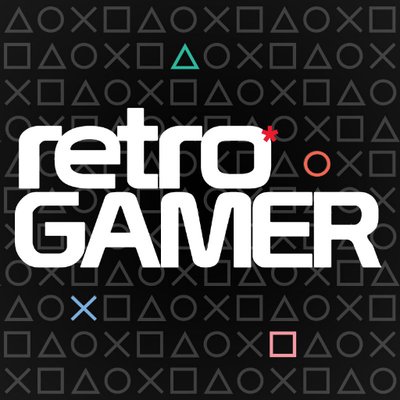10 Best Amstrad games
Retro Gamer's pick of the best Amstrad games of all time
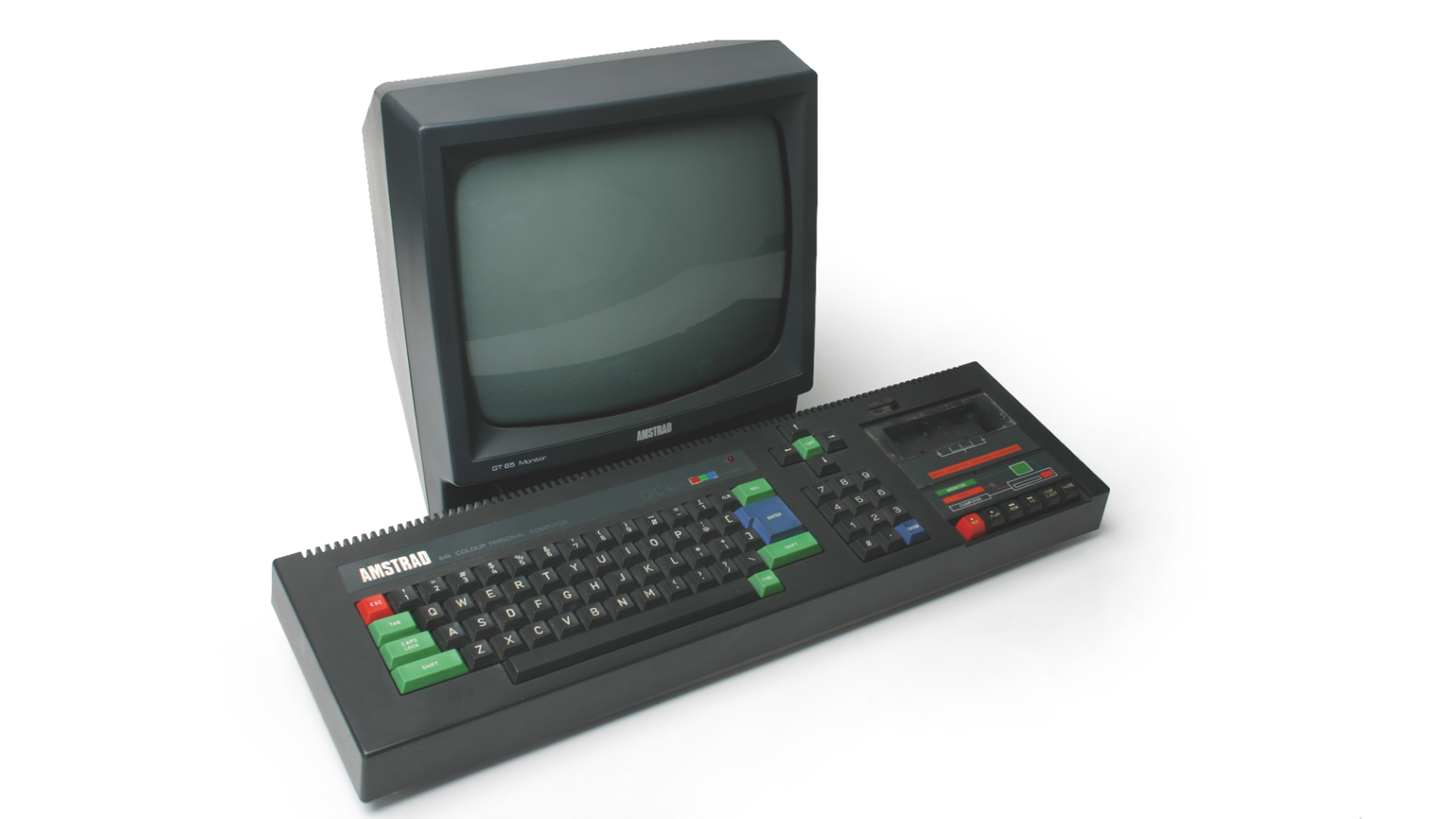
The Amstrad CPC was often criticized for its games, but if you were to look past its many Spectrum ports, you’d discover there were plenty of fantastic gems for it. Join us as we celebrate the 10 best Amstrad games that no Amstrad owners should be without.
North & South
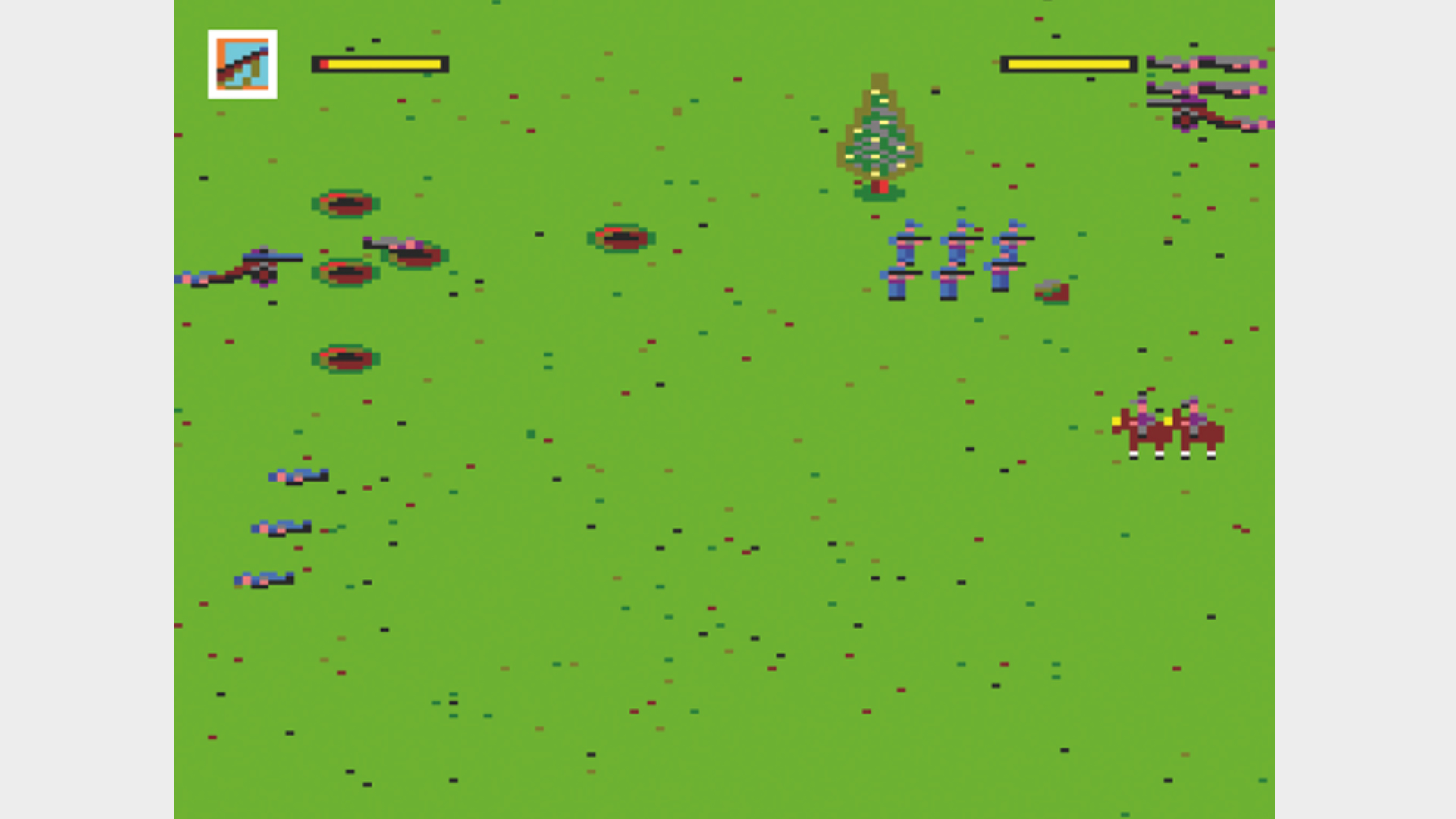
Released: 1991
North & South is a great example of what the CPC could do when it wasn’t being overloaded with Spectrum ports. Whilst Infogrames’ classic strategy title obviously can’t hope to match the visuals of the impressive 16-bit versions, it’s amazing how well it captures the spirit of the original French comic Les Tuniques Bleues on which the game is based. Fortunately the gameplay proves to be just as immersive as the striking visuals and you’ll soon find yourself frantically trying to regain as much of your opponent’s land as possible while you fight it out with infantry, huge cannons and even mobile forces. Excellent stuff.
The Guild of Thieves
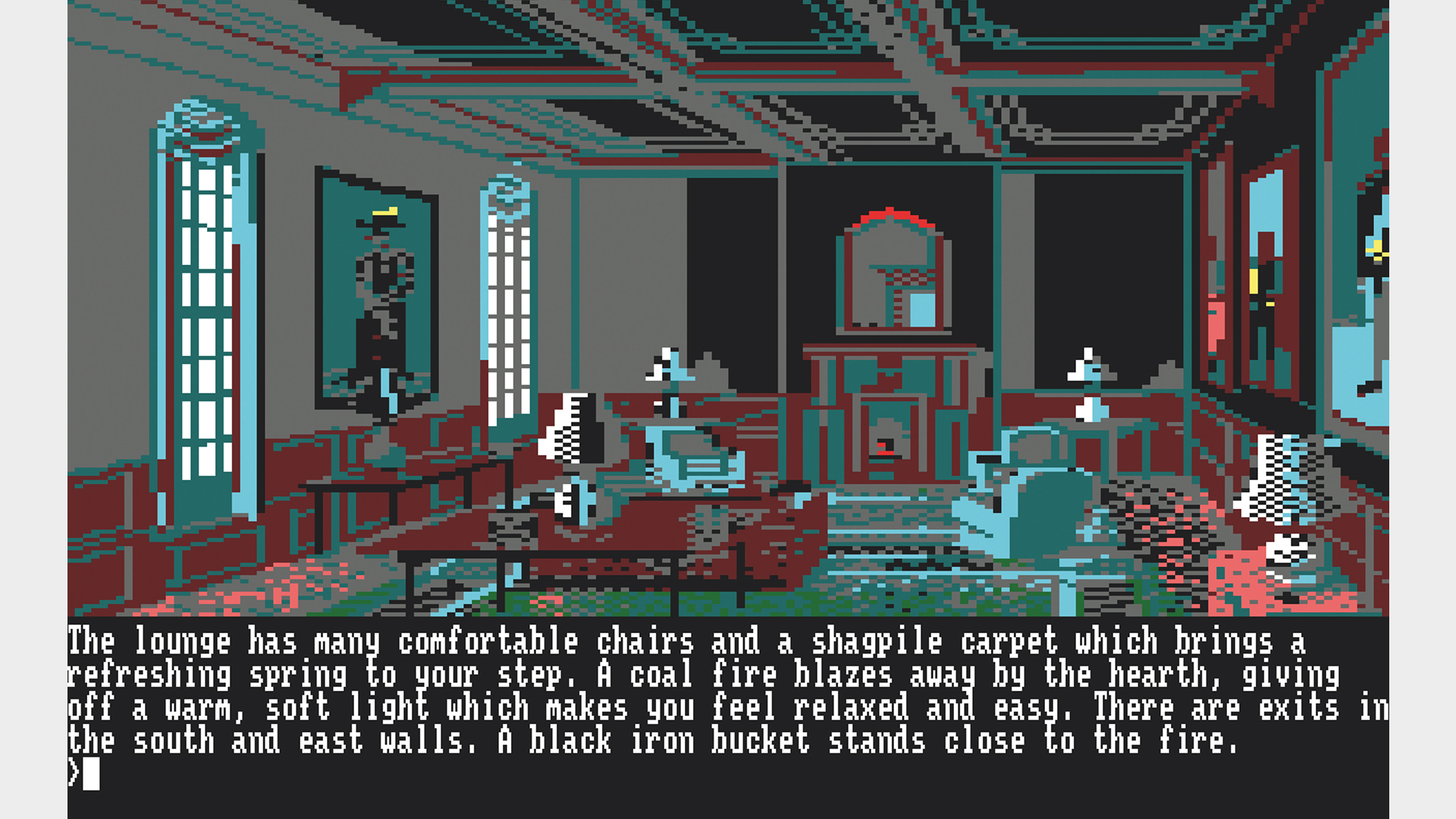
Released: 1987
There’s a selection of great text adventures for the CPC, but it’s the wonderful Guild Of Thieves we constantly return to. It’s a meticulously crafted story, features some beautifully drawn locations, and has some extremely devious puzzles to solve. Basically, everything you’d expect from creators Magnetic Scrolls. Like The Pawn before it, The Guild of Thieves featured a lavish boxset that was filled with plenty of goodies that ranged from a Bank of Kerovnia credit card, to ‘What Burglar’ magazine and was once again set in Kerovnia. It’s definitely a lot tougher, but is a far superior product that will have you scratching your head until the cows come home.
Spindizzy
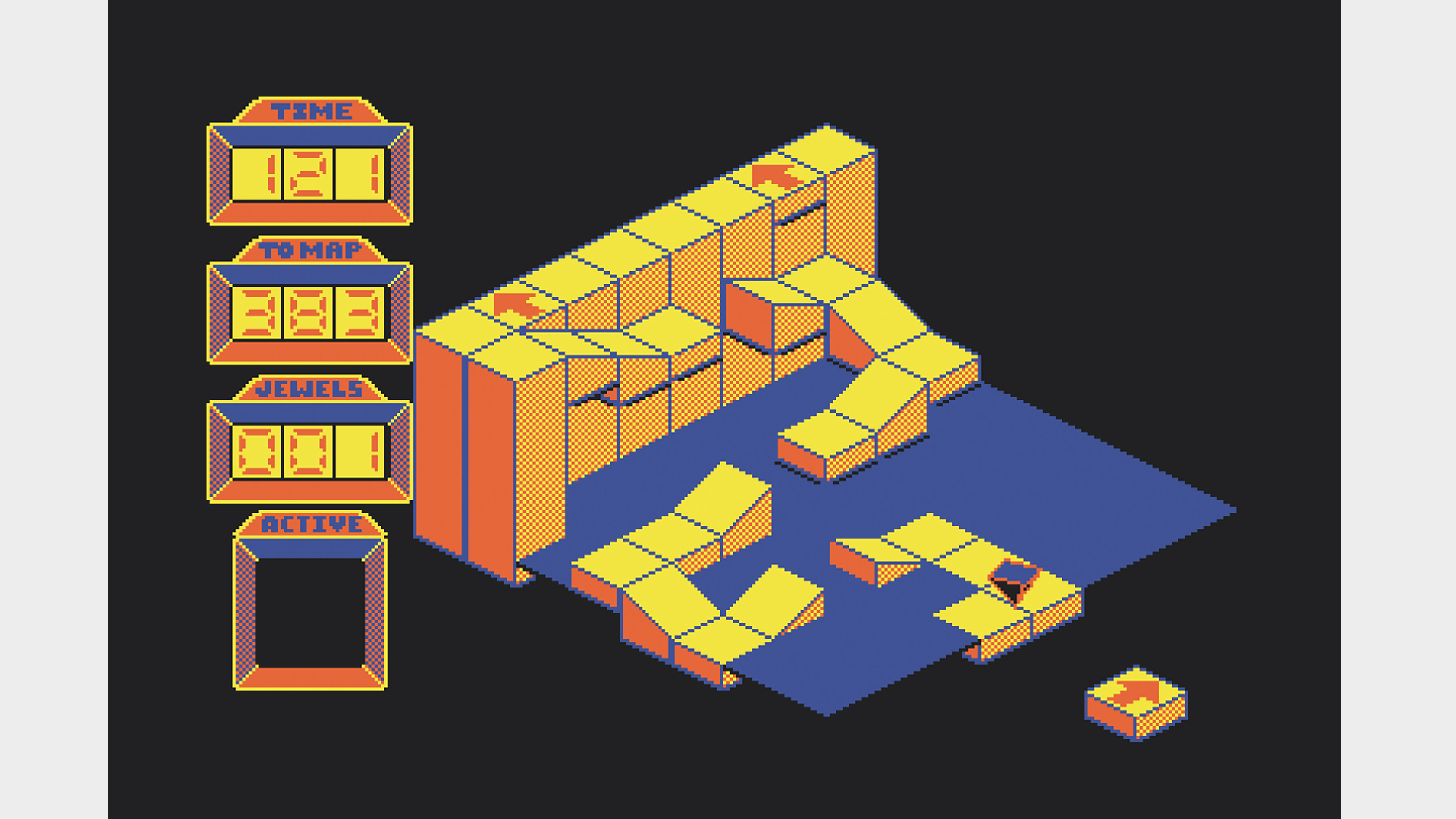
Released: 1986
The simplest ideas are often the best and they don’t get much more straightforward than the wonderful Spindizzy. All you have to do is guide your spinning top around 386 isometric screens in search of jewels. Sounds simple right? Well no, not really, but that’s why it’s so great. While many of the jewels are easily placed, they soon start to appear in all sorts of hard-to-reach locations, many of which require real ingenuity to obtain. Later jewels can only be reached by flicking switches, using lifts and even jumping chasms, and that’s before you even consider the terrain that becomes increasingly tricky to negotiate the further you progress. Oh, and did we mention you have to collect all these jewels within a strict time limit…
Sign up to the GamesRadar+ Newsletter
Weekly digests, tales from the communities you love, and more
Contra
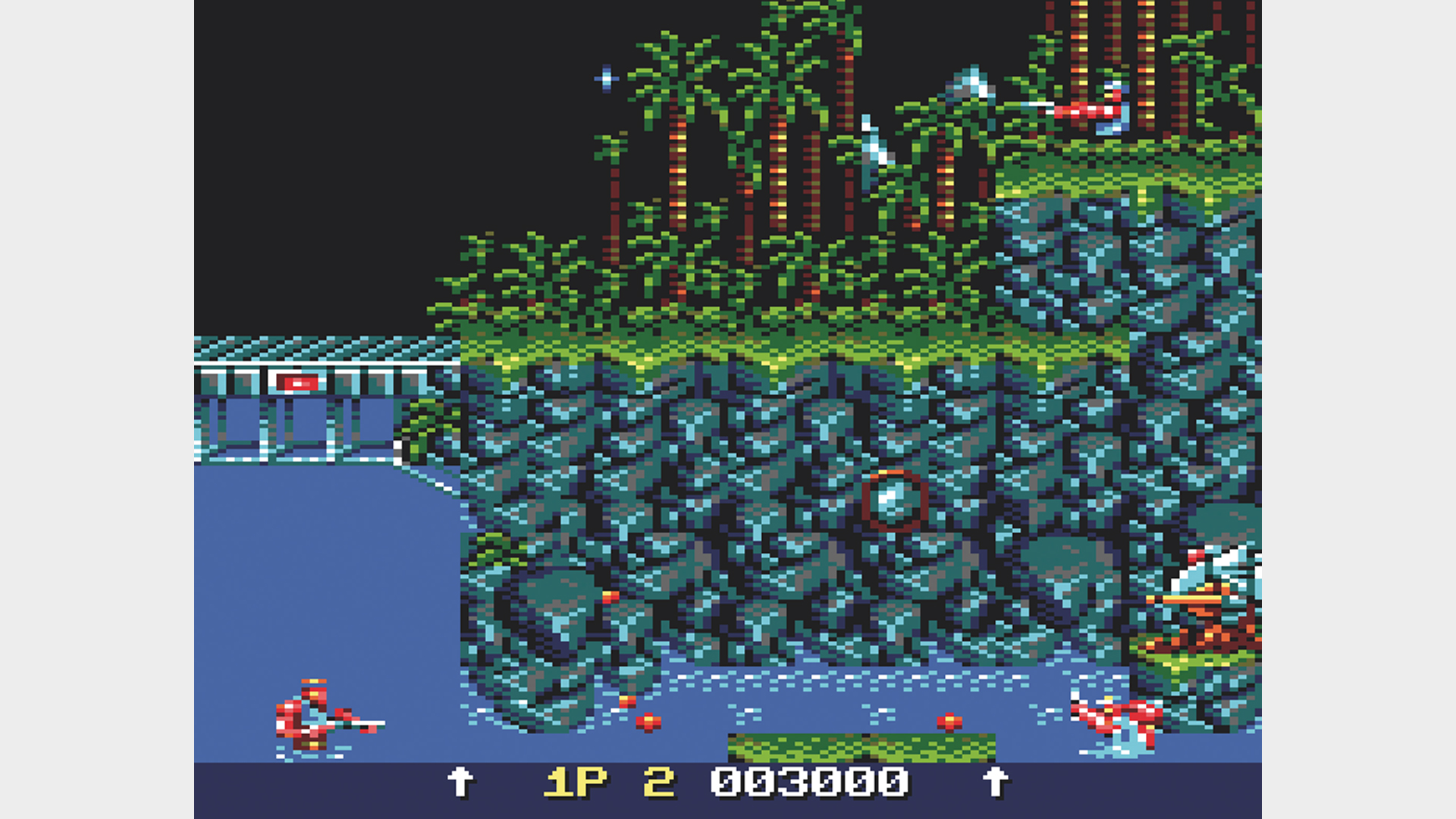
Released: 1987
It’s a sad matter of fact, but most Amstrad conversions were a poor third to the often-superior Spectrum and Commodore 64 ports. Every now and then though a game came along that totally blew its 8-bit peers away – Contra (or Gryzor as it was known in Europe) is one such game. Not only does Contra look absolutely stunning (it features similar graphics to Mark Jones’ other Ocean hit Renegade) it plays like a dream as well. Controls are extremely tight and responsive; the difficulty is just right and there’s an array of superb weapons. Indeed, barring a few minor differences (and a big decrease in aesthetics) this is as close to the original game as you could expect an 8-bit to get. Simply amazing.
Total Eclipse
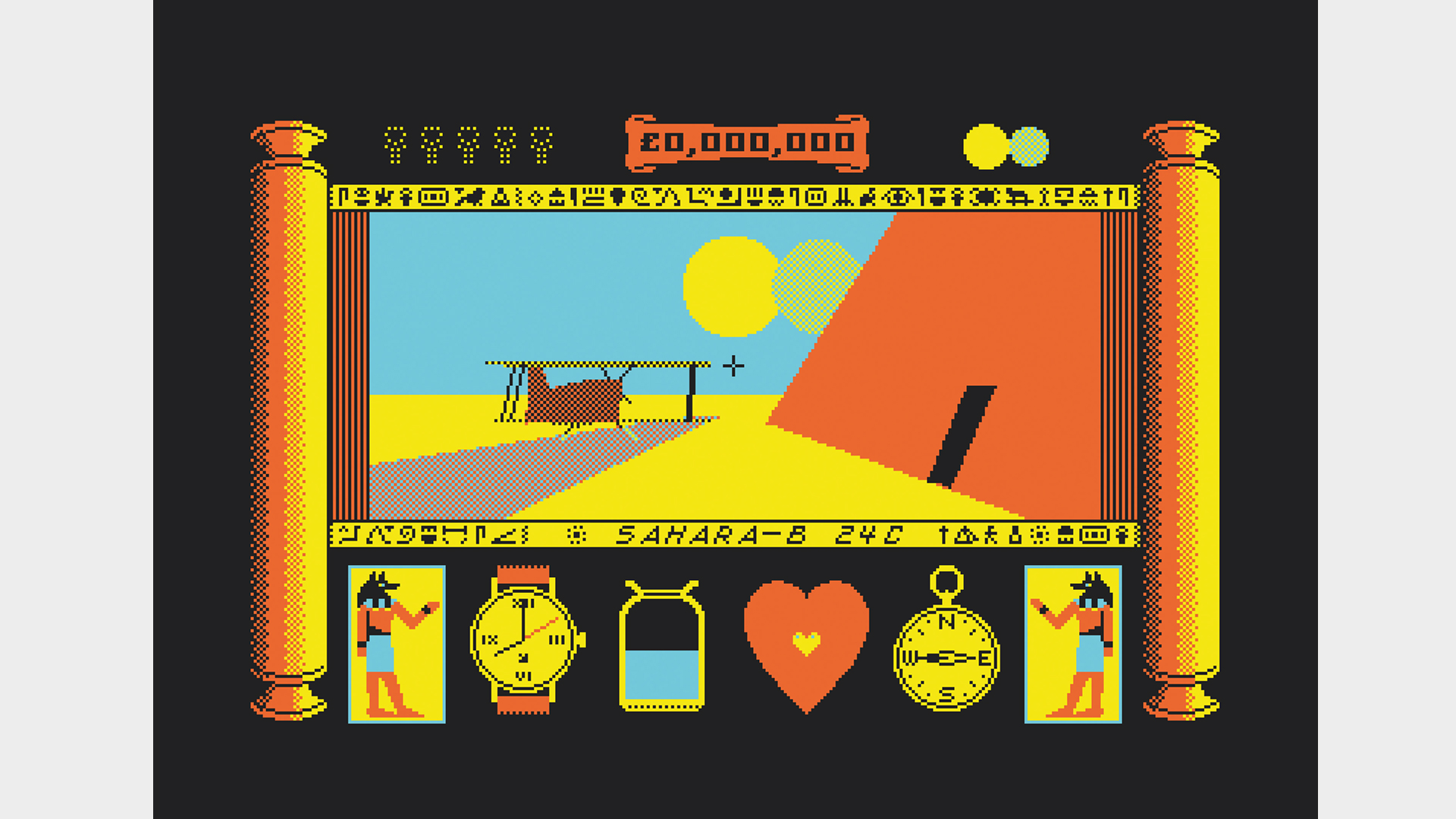
Released: 1988
By the time Total Eclipse appeared in 1988, developers Incentive already had two Freescape titles under its belt. While there was nothing wrong with the sci-fi settings of Driller or Darkside, the familiar setting of Thirties Egypt makes Total Eclipse far easier to relate to. It also helps that it’s more technically proficient, has superior puzzles and a creepy tone that makes exploring the pyramid extremely atmospheric. A number of play mechanics were introduced and there was a tight two-hour timeframe to complete the game in, which would have been fine if the pyramid itself wasn’t so confusing to navigate.
Prince of Persia
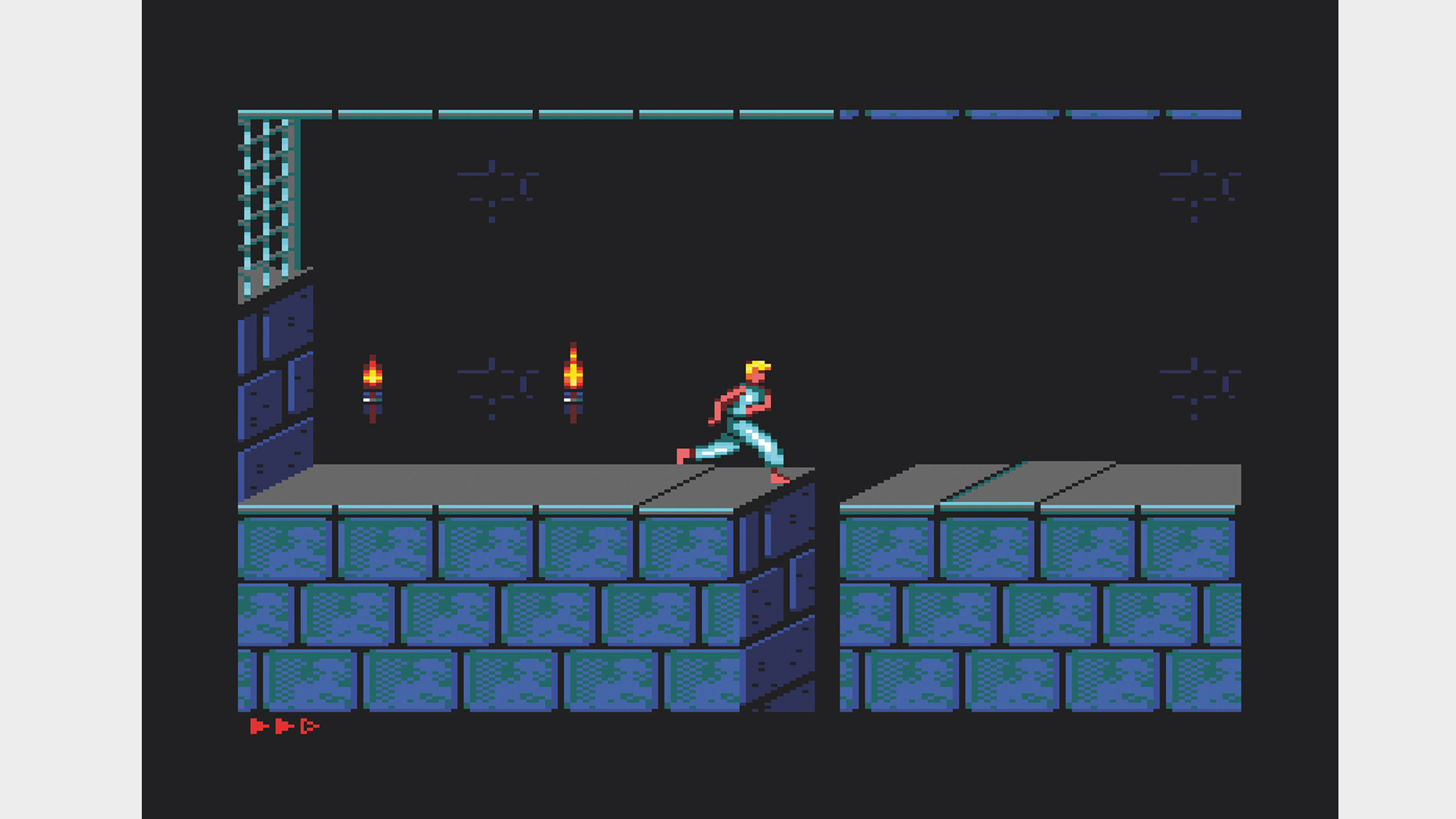
Released: 1990
Prince of Persia is quite possibly one of the most striking games to ever appear on Alan Sugar’s 8-bit computer. Released in 1990 it’s a true revelation and easily showcases what the CPC can do when it’s truly pushed. While the levels look sumptuous it’s the staggering animation on the prince himself that truly impresses. Gameplay is just as good, with the prince perfectly responding to either the press of a joystick or stroke of a key. Who knows? If games like Prince of Persia had appeared at the beginning of the CPC’s life, things may have been quite different.
Fantasy World Dizzy
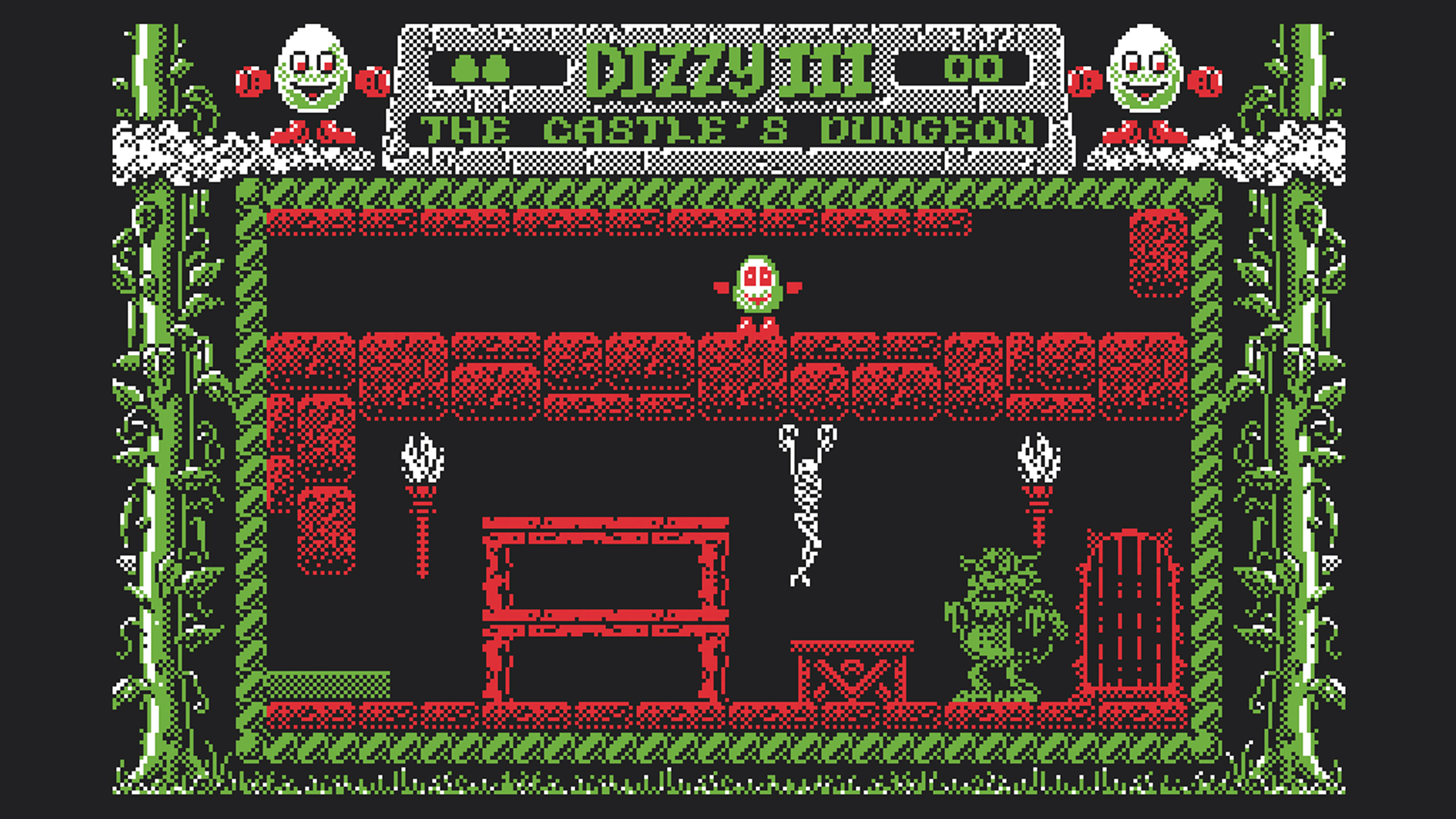
Released: 1989
You can’t feature an Amstrad top ten without at least one Dizzy game, so we’ve decided to plump for his third adventure that sees the intrepid hero exploring Fantasy World in search of girlfriend Daisy. Fantasy World is a big place however and Dizzy has to solve a variety of different puzzles and make his way past several ferocious enemies before he’s finally reunited with his loved one. After the difficulty of Treasure Island Dizzy (you only got one life) Fantasy World is far more enjoyable to play – throw in some superior visuals and great puzzles and it’s easy to see why the lovable character remains so popular.
Head Over Heels
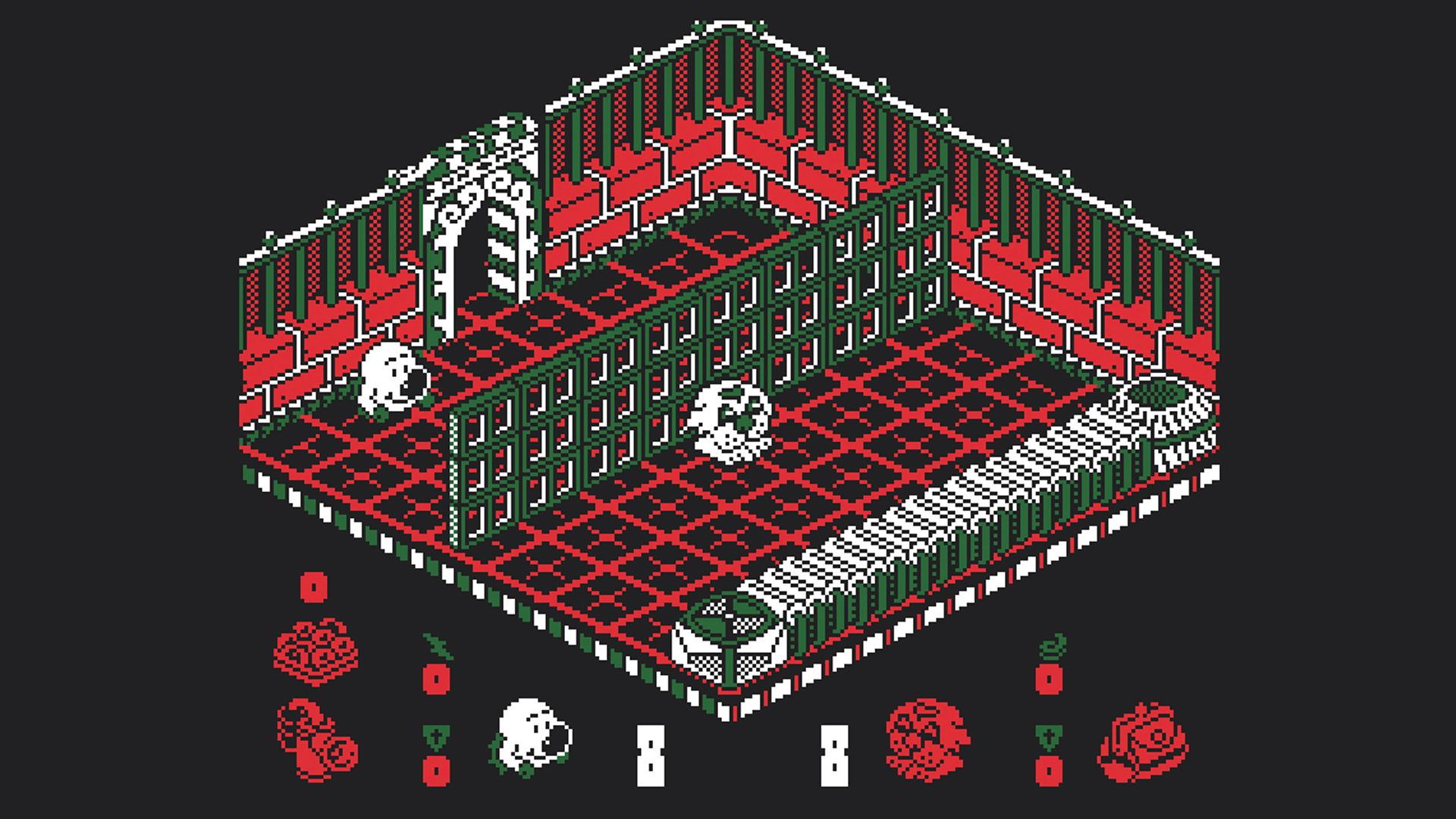
Released: 1986
We’ve already featured Drummond and Ritman’s classic in the Spectrum Perfect Ten Games, but we love it so much we had to include it here as well. Like Get Dexter it’s one of the finest Isometric adventures that the Amstrad (or any other machine for that matter) has to offer, and remains as fresh as ever. Level design is near perfect, the interaction between the two characters is a stroke of genius and Drummond’s creations feature more character in a few pixels than a dozen of today’s gaming heroes can muster. One of the best adventures ever made.
Get Dexter
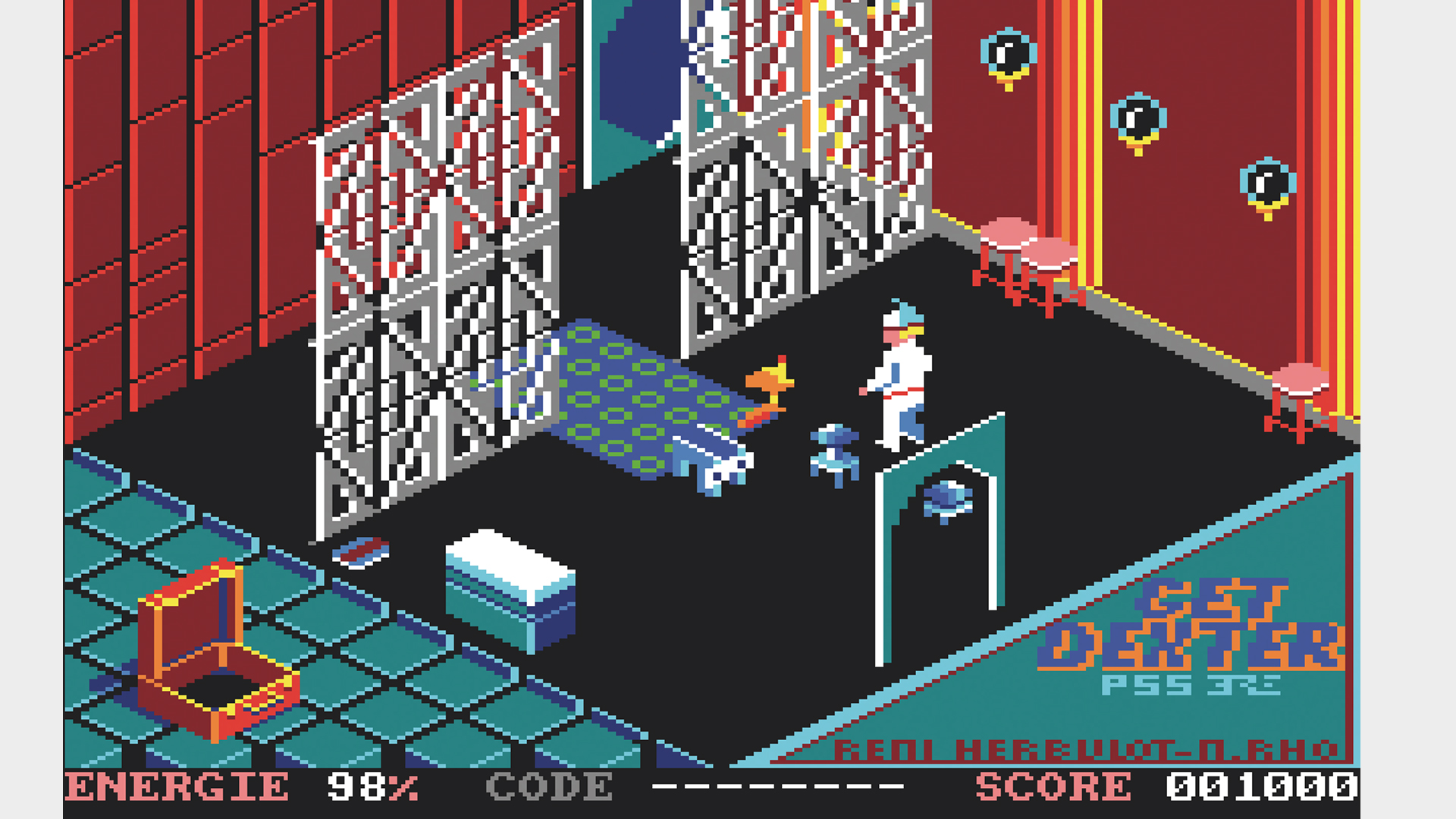
Released: 1986
Produced by French company ERE Informatique in 1986, Get Dexter/Crafton & Xunk really showed off the CPC’s power by injecting both originality and humour into the isometric adventure, easily surpassing anything that Ultimate had produced on the CPC. Get Dexter’s graphics are superbly defined and colourful with it and your character can interact with virtually everything on screen. The playability is finely balanced between being frustratingly difficult and enormously enjoyable, the perfect learning curve. Visually stunning, Get Dexter is a true CPC classic.
Chase HQ
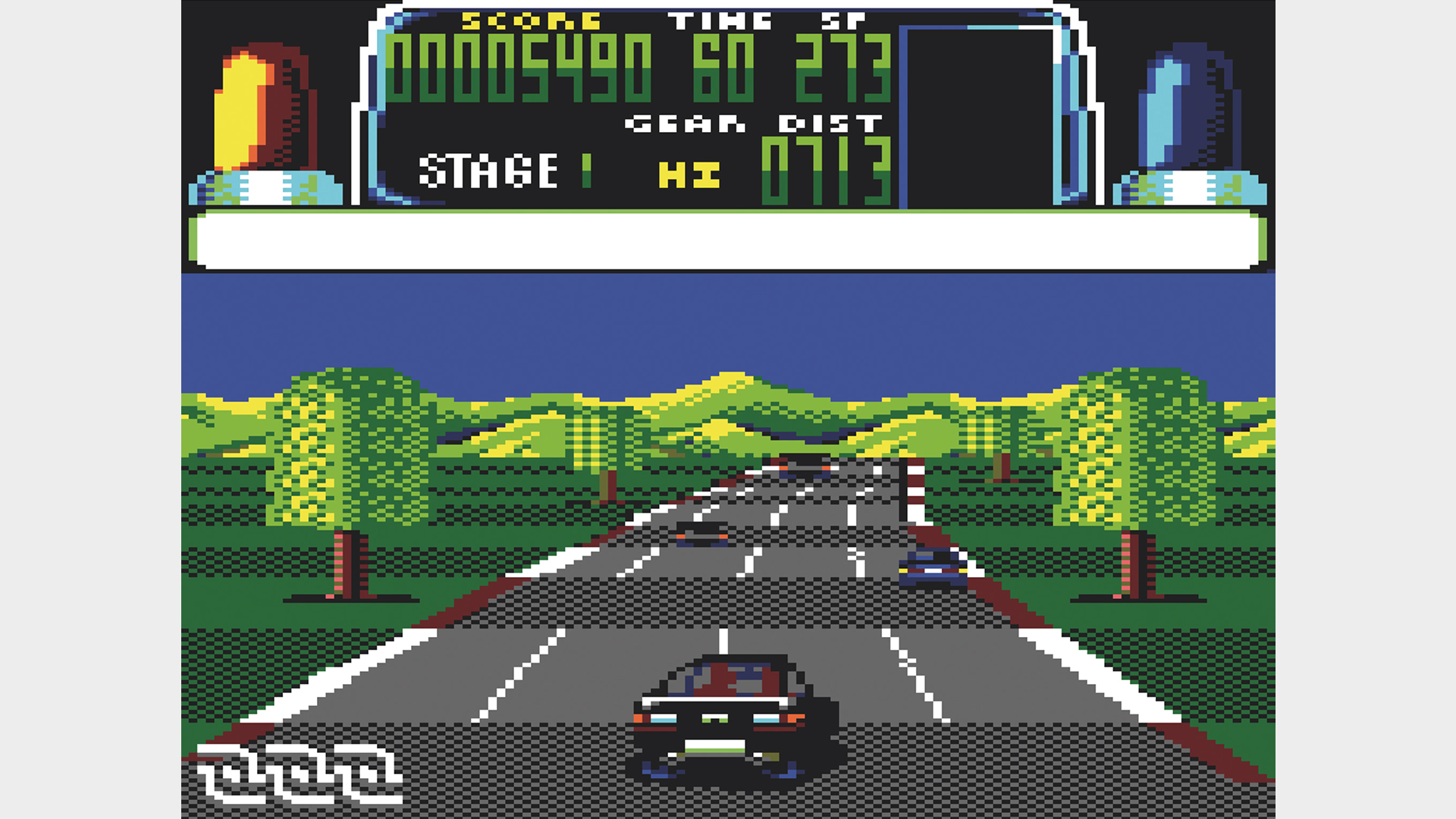
Released: 1989
On an unexpanded CPC 464, the digitized classic line delivered by your boisterous partner – “Let’s Go, Mr Driver” – could not be heard. But that didn’t detract from the gameplay of what was certainly a legendary CPC arcade conversion by Ocean. If there was one complaint about this game, it was that it got your adrenaline pumping to the nth degree, making your palms sweaty as you closed in on the bad guy with the clock ticking perilously close to ‘Game Over’, and smoke pouring from beneath your tyres. The graphics were colorful and chunky, the speed, particularly when pressing the turbo, was surprisingly fast. Few games could match the pace, or indeed the action, of this game.
Retro Gamer is the world's biggest - and longest-running - magazine dedicated to classic games, from ZX Spectrum, to NES and PlayStation. Relaunched in 2005, Retro Gamer has become respected within the industry as the authoritative word on classic gaming, thanks to its passionate and knowledgeable writers, with in-depth interviews of numerous acclaimed veterans, including Shigeru Miyamoto, Yu Suzuki, Peter Molyneux and Trip Hawkins.
